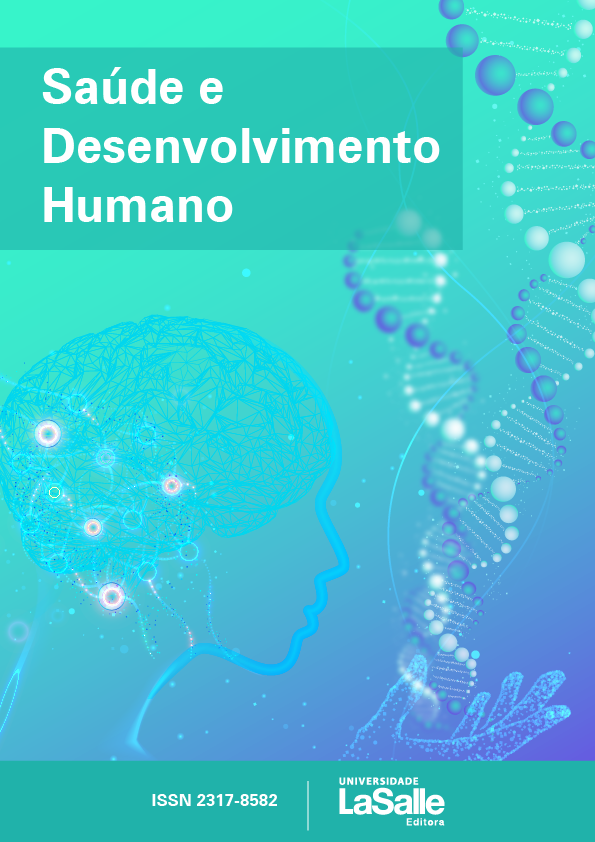Função Motora Grossa em Pacientes com Paralisia Cerebral em Processo de Reabilitação com Realidade Virtual
DOI:
https://doi.org/10.18316/sdh.v9i1.6747Palavras-chave:
Paralisia Cerebral, realidade virtual, reabilitação, função motora grossaResumo
Objetivo: Este estudo tem como objetivo avaliar os efeitos da correlação entre variáveis de intervenções baseadas na Realidade Virtual (RV) e sua influência (positiva ou negativa) na função motora grossa em pacientes com Paralisia Cerebral (PC).
Métodos: Foi realizada uma busca sistemática nas seguintes bases de dados: PubMed; Web of Science; Scopus; Scielo e Google Scholar (até a página 25). Dezessete estudos preencheram os critérios de inclusão aplicados. Um total de 145 pacientes foi avaliado quanto às variáveis de análise. As ferramentas de Realidade Virtual foram classificadas como específicas ou não específicas. A análise estatística, baseada em testes de análise multivariada e coeficientes de correlação, foi realizada para determinar o comportamento das variáveis.
Resultados: Testes estatísticos sugerem que hardware não específico para programas de reabilitação tem maior impacto positivo. Além disso, foi observada correlação significativa entre o tempo de sessões utilizado nas intervenções e a melhora da função motora, mostrando que sessões entre 45 e 50 minutos tendem a ser mais eficientes.
Conclusões: O tipo de hardware e o tempo das sessões são variáveis significativas a serem consideradas no planejamento de intervenções para crianças e adolescentes com PC.
Downloads
Publicado
Edição
Seção
Licença
Autores que submetem seus manuscritos para serem publicados nesta revista concordam com os seguintes termos:
- Autores mantêm os direitos autorais e concedem à revista o direito de primeira publicação, com o trabalho simultaneamente licenciado sob a Licença Creative Commons Attribution que permite o compartilhamento do trabalho com reconhecimento da autoria e publicação inicial nesta revista.
- Em virtude dos artigos aparecerem nesta revista de acesso público, os artigos são de uso gratuito, com atribuições próprias, em aplicações educacionais e não-comerciais.
- Os autores concordam com os termos da Declaração de Direito Autoral, que se aplicará a esta submissão caso seja publicada nesta revista (comentários ao editor podem ser incluídos a seguir). E que anexam declaração assinada que todos os autores leram o documento a ser submetido e que aceitam os termos desta revista.

Os trabalhos publicados na Revista Saúde e Desenvolvimento Humano de ISSN 2317-8582 está licenciado com uma Licença Creative Commons - Atribuição-NãoComercial 4.0 Internacional.
Baseado no trabalho disponível em http://revistas.unilasalle.edu.br/index.php/saude_desenvolvimento/.


